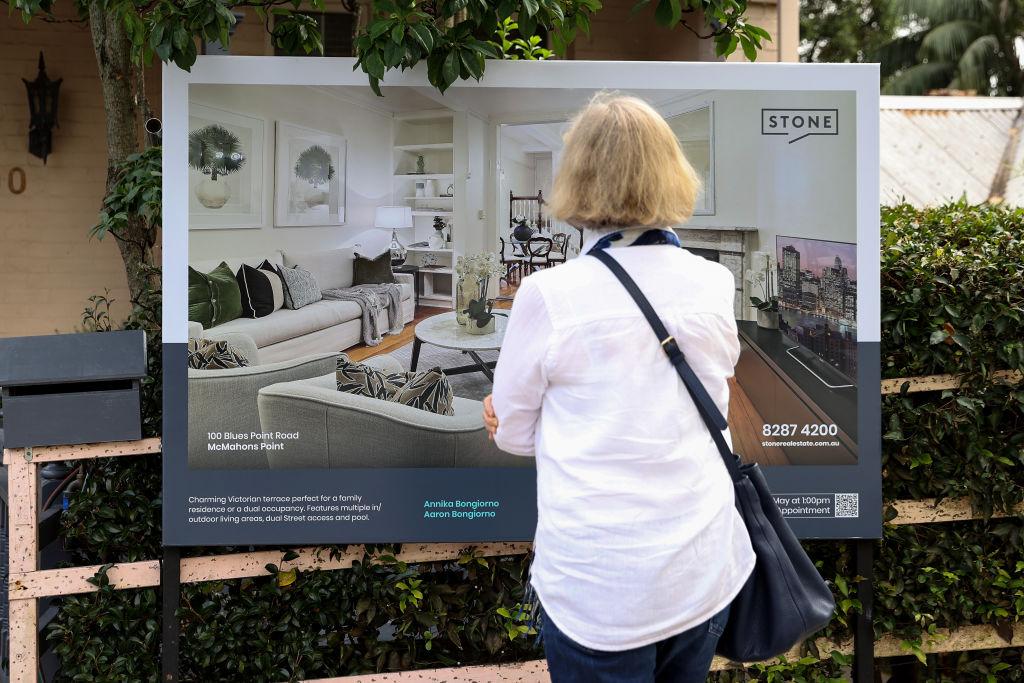Sydney’s housing crisis is costing its economy over $10 billion (US$6.4 billion) a year or 2 percent of the city’s annual GDP due to a loss of talent, innovation, and productivity, according to new research.
The urban policy think tank Committee for Sydney in its new report “Chronically Unaffordable Housing” published on Sept. 9 emphasised that the housing crisis in the city was not a short-term problem and was now chronic.





